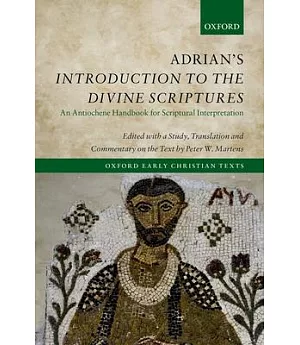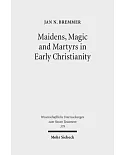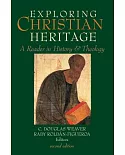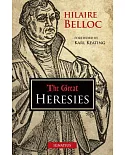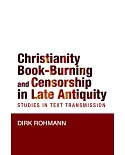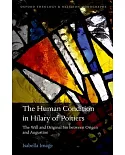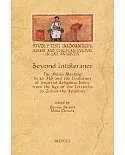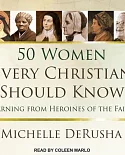Adrian likely flourished in the early fifth century. His sole-surviving work is the Introduction to the Divine Scriptures, a Greek treatise that today survives in two recensions. The
central topic of the Introduction is the Septuagint’s odd stylistic features. In the first section Adrian catalogs the anthropomorphic ways in which God is portrayed in Scripture (the
Psalms in particular) and then explains how such expressions ought to be understood. The second section on diction identifies peculiar word usages, offers lexicographical analyses of
semantically rich terms, and discusses a handful of tropes. The third section on word arrangement contains a short list of figures of speech. The treatise concludes with a series of appendices:
a catalog of twenty-two tropes, defined and illustrated from Scripture, a two-fold classification of Scripture into prophetic and narratival literature, an extended excursus on how teachers
should instruct beginners in scriptural interpretation, and, finally, another classification of Scripture into prose and poetry.
The Introduction contains striking verbal and thematic affinities with the exegetical writings Theodore of Mopsuestia (ca. 350-428). This treatise also occupies a unique place in
Antiochene scholarship: it is the only surviving handbook on scriptural interpretation from the leading fourth and fifth century figures of this tradition and succinctly codifies many of its
guiding principles for scriptural exegesis. This volume offers the first critical edition of the Introduction (its two surviving recensions and the fragments from the exegetical
catenae); the first English translation of the treatise, which is also richly annotated with explanatory commentary; a substantial prefatory study that orients readers to Adrian and a number of
the important features of his work.

